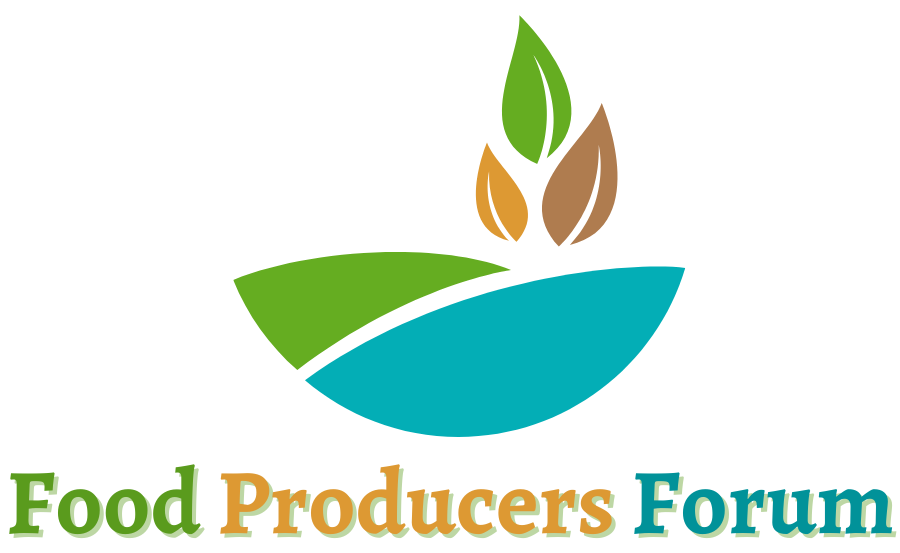Permaculture?
The practice of Permaculture may be familiar to some, but to many it’s a foreign concept that means very little. I have heard it simply described as a break down of the word itself into quite literally ‘permanent culture’. While this hints at one aspect of Permaculture, it does not do justice to the practice as a whole in the same way Aquaculture does not simply mean farming in water. Frankly, there is just more to it than that.
I came across Permaculture around 8 years ago and have been enamoured with it ever since. I remember watching a gardening video online and seeing Jeff Lawton pop up in my suggested watching list. If you asked me now why I clicked on an hour long video I wouldn’t be able to tell you. What I can tell you is that I watched the entire thing and that I watched it many more times after that, hanging on every word and wondering if what Jeff was saying was possible. It all seemed too good to be true and when I found out that he was doing it in Australia, I felt justified in my doubts of it not being feasible in North America and certainly not in Newfoundland and Labrador. He was growing banana and mango trees, planting crops that I had seldom heard of and doing it year round. Surely this was only possible in the warmest climates of the world.
I was wrong.
I learnt how to take his methods and transfer them to our colder climate, how to look at my farm the way he looks at his and how to think in a way that sees problems as opportunities. Most importantly for me, Permaculture reinforced the values I had always thought to be paramount in order for agriculture to be truly sustainable. Sure, it promotes perennial alternatives to annual crops but there is so much more. From full farm system integration to pattern recognition in nature, from water retention methods to crop enhancement through natural cycles and processes, Permaculture touches almost all aspects of farming and living. So with all that said, what exactly is permaculture? How can it be used to improve production and quality on my farm? Is it for me?
In this blog, we will explore all these questions and many more besides. Everything from it’s practices, values and techniques for making our farms fully cohesive, ecologically beneficial systems to its role in the future of agriculture.
If I were to paint Permaculture with a single broad, overarching stroke that summed up what it meant to me it would be something like this: the practice of working with nature in all aspects of our lives to produce a diversified, healthy ecosystem for all stake holders all while putting back more than we take. The last part of that statement being perhaps the biggest differences between permaculture and traditional agriculture; replenish more than reap.
While this practice of having a pretty consistent win, win, win situation for you, your farm and nature may sound idealistic and unrealistic to many farmers, it’s actually quite practical and possible. Not to mention that many permaculture practices are anchored in solid science and have been employed for decades on almost every continent. It takes lessons from past civilizations and allows us to rediscover them all while promoting simple, effective technologies that don’t force us to ‘sell the farm’ to employ.
Permaculture creates complex systems through simple practices, solutions from our problems and in the end, may just be what the farmer ordered.
Next time, we will jump right into our first topic of increasing yields through responsible practices. I like practical advice and strategies so in each entry I will try to include specific things you can do that day to improve your farming or gardening practices.
I also like to leave everyone with a thought or question; an old habit from my days of being a high school principal.
Rain collection has been going on for centuries as a means of saving water to nourish crops. These days, most collection is done from roofs and gutters but why not from trees? Rain water that falls on trees, travels down that tree, collecting nutrients, bacteria and minerals as it makes its way to the ground. By the time it reaches its destination, it is a rich drop of liquid life. Of course we cannot surround trees and take all their water but should we be consider sustainable methods for collecting tree rain water in order to improve the micro biome in our gardens?
Until next time, do the things that make your world and the world around you a healthier, happier place.
